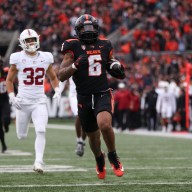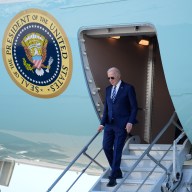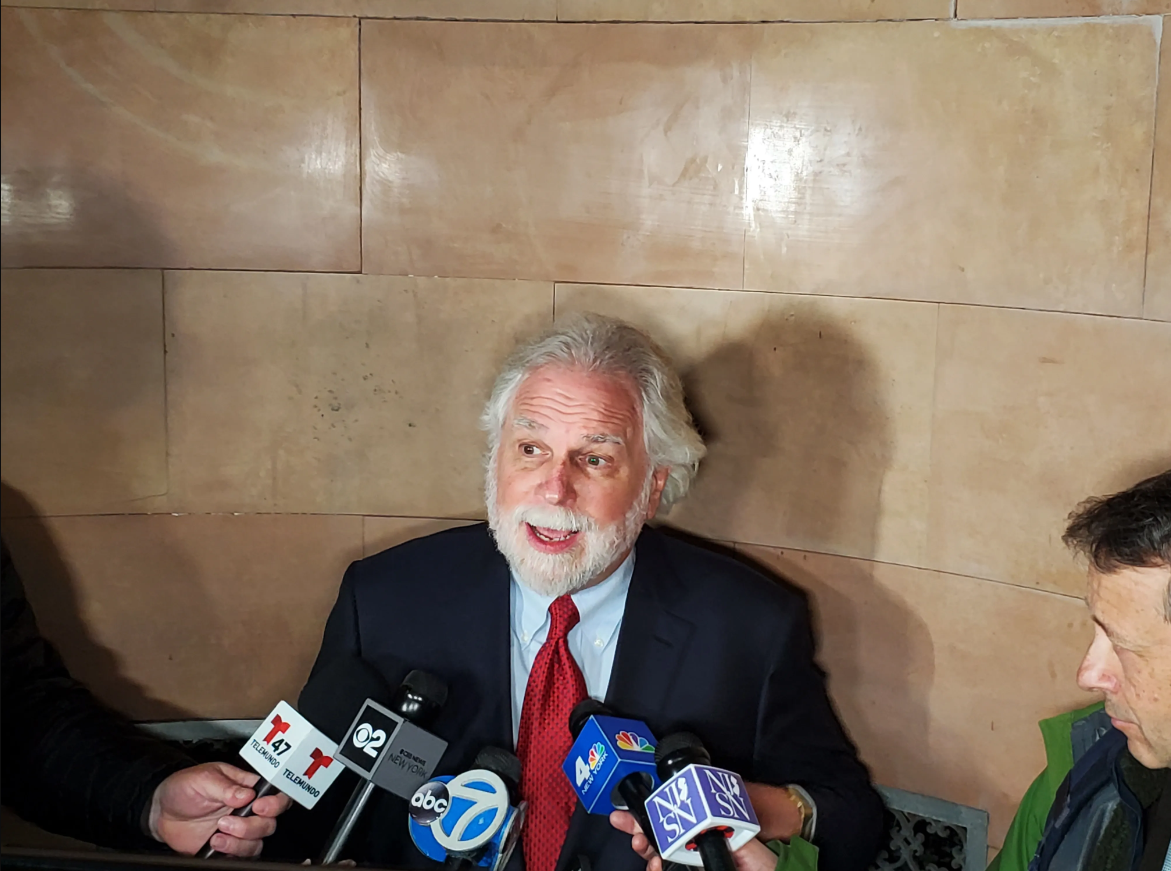The conclusion of Vancouver’s Winter Games provides an occasion for more than just counting Canadian medals, or the dollars required to stage this blockbuster event. It gives us an opportunity to assess how our transit infrastructure held up amidst the biggest influx of visitors this city and region have ever seen. So what can we take away from these Olympics?
1. Rapid transit — in the form of light metro — is pivotal to the growth of this region. Let’s stop arguing about the merits of rapid transit technologies in the Tri-Cities, or out to UBC, and get on with expanding our already successful SkyTrain network. In the end, it was the Canada and SkyTrain lines that did the heavy lifting for the Olympics, with the Canada Line moving millions between competition sites and downtown destinations. Ditto for SkyTrain, especially close to the stadiums.
2. The Olympic Line streetcar should become a permanent legacy. Over the past couple of weeks, thousands have taken the trip between the west side of the Olympic Village and Granville Island. The success of the line underscores the demand for a better transit link to Granville Island. TransLink and the City of Vancouver need to find a way to make this line a reality — for the sake of Granville Island’s economic well being, as well as the sustainable growth of the Olympic Village neighbourhood.
3. The sailing of three SeaBuses should be made permanent. Trips on the vessels were up an astonishing 200 per cent compared to before the Games. If TransLink is serious about getting people out of their cars, they need to upgrade this service permanently — just as they had originally promised. Unless the agency wants to come out and say exactly what is the problem with one or more of the older SeaBuses, there is no good reason why all three vessels shouldn’t be running.
4. Speaking of water transport, it was great to see many of our private water taxi and ferry services thriving during the Olympics — moving visitors around False Creek and elsewhere. Our regional transport agencies need to accommodate these plucky maritime entrepreneurs, who are filling a demand that government cannot, or will not, meet.
5. In the end, it was locals who made the Olympics transportation plan an overall success. Lets build off of their enthusiasm with a commitment to increasing transit capacity, frequency and quality.
– Derek Moscato is a writer with a focus on urban issues, transportation, architecture and economics; dmoscato@yahoo.com.















